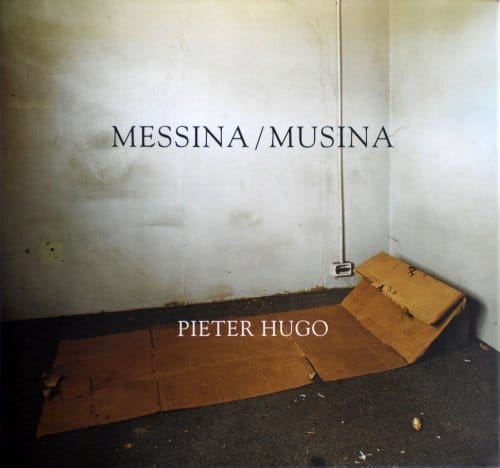MESSINA/MUSINA
R520
My essay comprises family portraits, landscapes and still lifes. This was largely determined by the equipment I was using at the time: a tripod-mounted, large-format camera.
In stock
Description
Founded by white settlers as a copper-mining town in 1904, Musina is located near the Limpopo River on the border of Zimbabwe. The town was originally known as Messina, a colonial misspelling of the name of the Musina people who settled in the region centuries ago following their discovery of copper deposits. In 2002, the town’s name was changed to Musina, part of an ongoing and sometimes acrimonious process of name changes taking place across South Africa. I find this process of redress interesting: if you see history rewritten twice, as has happened in Musina, you become distrustful of the competing narratives, both the old and the new.
I first visited Musina with a journalist who was writing about people fleeing the dire situation in Zimbabwe and entering South Africa illegally. He knew of gangs who were smuggling people across the Limpopo River. But he forgot his passport, so we ended up staying in Musina. It allowed me to do some basic investigative research. Musina is a market town on a national highway that connects South Africa to Zimbabwe, and beyond that Zambia. It is home to a large military base and nearby diamond mine, and there is also a robust hunting industry that occurs on the surrounding game farms. The town, which has prospered off the back of Zimbabwe’s post-2000 economic collapse, is prone to boom and bust cycles. Its shifting population – a mix of truck drivers, miners, soldiers, prostitutes, cigarette smugglers, farm labourers, hunters, social welfare workers, AIDS caregivers, day traders from Zimbabwe, and residents – reflects this.
After returning to Cape Town, Musina stuck in my mind. Perhaps it was its remoteness. I had previously worked in the region, but never as far north as Musina. If you draw a line from Cape Town, where I live, Musina is as far as you can go and still be in South Africa. I think that a lot of my work interrogates the idea of the outsider and the margins. I am not alone in this preoccupation. I am aware that the remote border town is a popular trope in South African arts and letters. It is a place where social issues that persist throughout the country are starkly miniaturised and, possibly, easier to depict.
Shortly after visiting Musina I was given the Standard Bank Young Artist award, which includes a small grant to produce a new body of work. I used the money to return to Musina, where I spent several months photographing in and around the town. It wasn’t always easy to access the various users of this embattled frontier town. Unlike on other projects, I have retained no contacts from my time in Musina. Many of the people I photographed have moved. This, I suppose, is true to the town’s essential character.
My essay comprises family portraits, landscapes and still lifes. This was largely determined by the equipment I was using at the time: a tripod-mounted, large-format camera. Previously, I had worked with a range of cameras in different formats. Working with a large-format camera unavoidably slows things down. You can’t rush or photograph spontaneously. My process, though, was largely intuitive. I developed a vocabulary, a way of seeing if you will, that played an important role in the development of another South African project, Kin, which started around the same time as Messina/Musina.
Additional information
| Author | |
|---|---|
| Date Published | 2007 |
| Language | English |
| Photographer | |
| Publisher |


